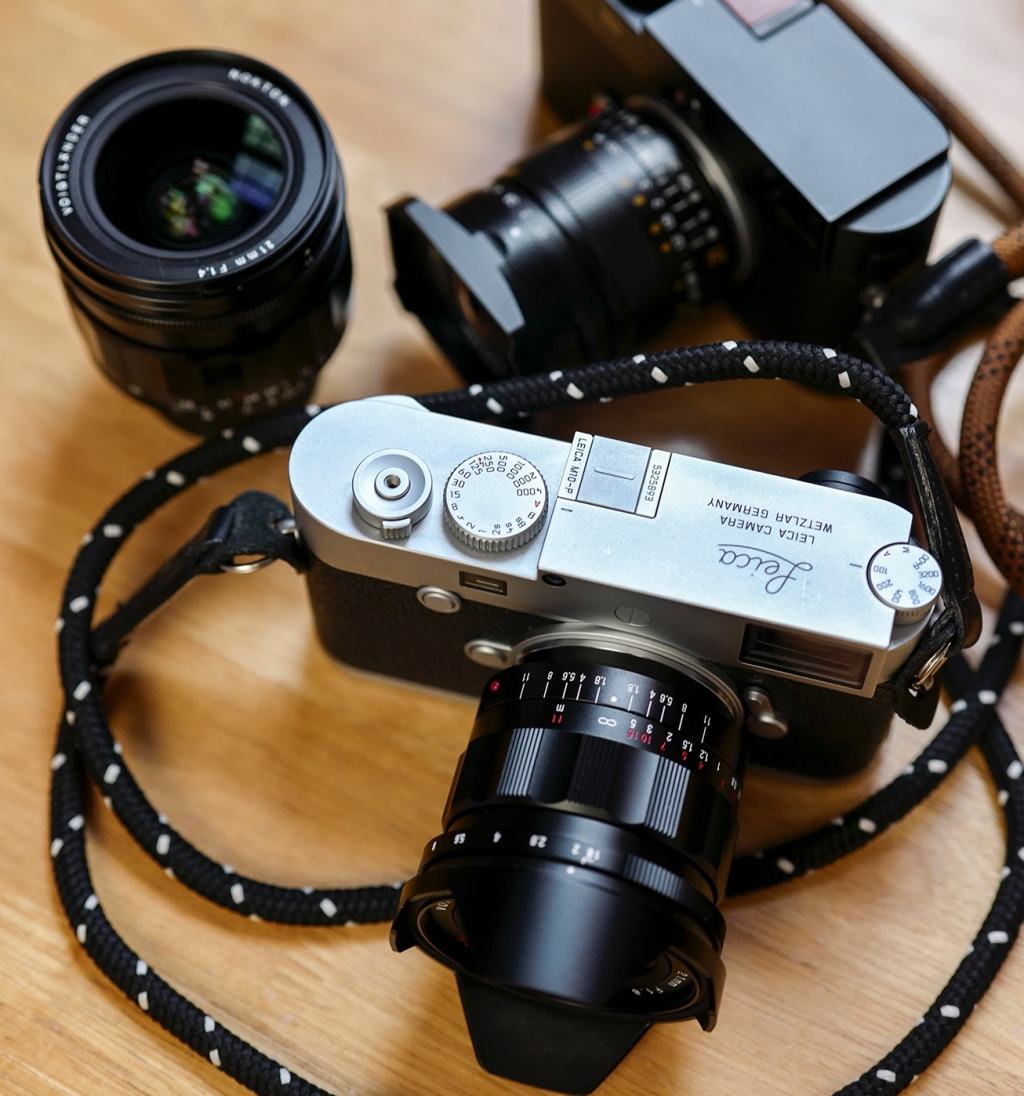The 21mm focal length is an odd duck for the Leica M system. 35mm is the widest frameline commonly found on film bodies (though a number of later bodies do have 28mm). On digital, with the exception of the M8, 28mm is the standard wide-angle frameline. When using a 21mm lens, this means one must either use the camera’s optical viewfinder and hope for the best, attach a viewfinder/EVF accessory, or use live view.
It is for this reason I suspect Leica hasn’t produced many variations of the 21mm focal length: it’s not as popular as other standard focal lengths (28, 35, 50). As such, there is only one option available to Leica users who want a fast Leica 21mm lens: the Leica 21mm f/1.4 Summilux ASPH. While the Summilux is an impressive lens, it also costs a fortune (new or used).
While there are some great “slow” 21mm lenses out there which are more affordable – such as the Zeiss 21mm f/2.8, Leica 21mm f/2.8 or Leica 21mm f/3.4 – anything faster than f/2.8 currently consists of the following budget-friendly alternatives to the Summilux:
- TTArtisan 21mm f/1.5 ASPH
- Voigtlander Ultron 21mm f/1.8 ASPH
- Voigtlander Nokton 21mm f/1.4 ASPH
With that in mind, lets see how these three budget-friendly lenses stack up against each other.
Build, Size & Weight
The Voigtlander 21mm f/1.4 is by far the biggest lens of this bunch. The body is thicker, taller and heavier than its f/1.8 predecessor, and when handling both at the same time the difference is obvious. In terms of construction, it is built like a typical modern Voigtlander VM lens. While the lens is very solid, my biggest criticism in terms of construction is the lens hood, which is made of plastic. Otherwise it’s a well-built lens.
On the flip side, the TTArtisan 21mm f/1.5 is surprisingly compact. It is the smallest lens in this group, even with its hood attached. The all-metal body also feels very solid. I found its build to be very similar to TTArtisan’s 35mm f/1.4 and 50mm f/1.4 lenses – if you’ve handled either of these lenses, the 21mm f/1.5 will feel very similar.
The Voigtlander 21mm f/1.8 ASPH sits somewhere in the middle of these three lenses in terms of size, though its closer to the TTArtsian. The metal construction also feels very solid (the built-in petal hood is also made of metal).



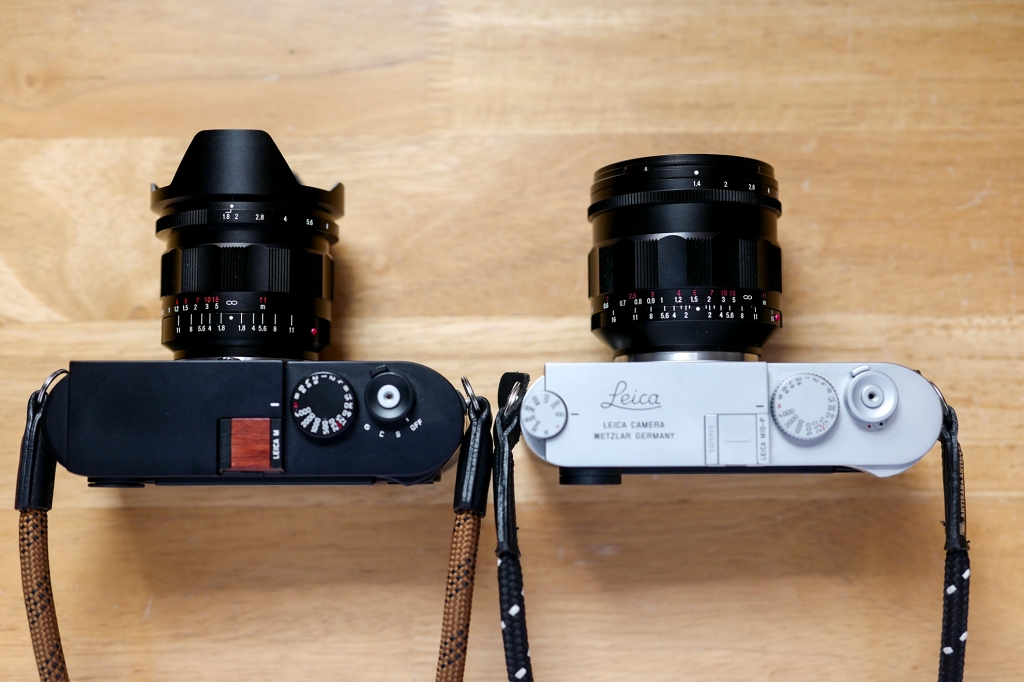


Handling
The Voigtlander 21mm f/1.4 handles fine enough. The aperture ring clicks at half-stop intervals, and the focus throw is a bit longer compared to the other lenses in this group. It doesn’t have a focus tab, but honestly a focus tab would feel out of place for a lens of this size. Speaking of which, I personally found the size of this lens to interfere with its handling. While the length wasn’t terribly bothersome, the width and weight did get to me after several months of use. The focus throw and size simply doesn’t make this lens feel that nimble. At first I simply assumed that the glass assembly of an f/1.4 lens was the reason the lens is larger than its f/1.8 counterpart. However, to put things in perspective, Leica’s 21mm f/1.4 Summilux ASPH is much smaller than the Voigtlander f/1.4.
The Voigtlander 21mm f/1.8 handles much nicer than its f/1.4 replacement, in my opinion. Its smaller size and shorter focus throw gives it a more refined handling experience. I also found the built-in hood to be a nice design feature which doesn’t get in the way. With that said, the aperture ring on the f/1.8 is a bit stiffer than the f/1.4 version.
The TTArtisan handles closer to what I call a typical modern rangefinder lens in the sense it has a focus tab and focus throw compatible to Leica M-mount lenses. The aperture ring turns smoothly and the clicks are fairly well dampened. For better or worse, TTArtisan has doubled down on trying to mimic the look and feel of a Leica lens. If I had to pick a winner in terms of handling, it would be the TTArtisan.
Focusing Distance
TTArtisan 21mm f/1.5: 0.7 meters
Voigtlander 21mm f/1.4: 0.5 meters
Voigtlander 21mm f/1.8: 0.5 meters
Image Quality
Let’s get to the fun stuff, shall we? I shot three fairly basic and non-scientific test scenes for this write-up, mostly to see how sharpness, vignetting, contrast, and colors compared.
For these comparison photos, I used a Leica M10-P with lens detection turned off and camera white balance set to “Daylight.” These were shot raw/DNG and are straight-out-of-camera (converted to JPG, of course).
Comparison #1 (focused with live-view)
Wide Open



f/2



f/2.8



Comparison #2 (focused with live-view)
Wide Open


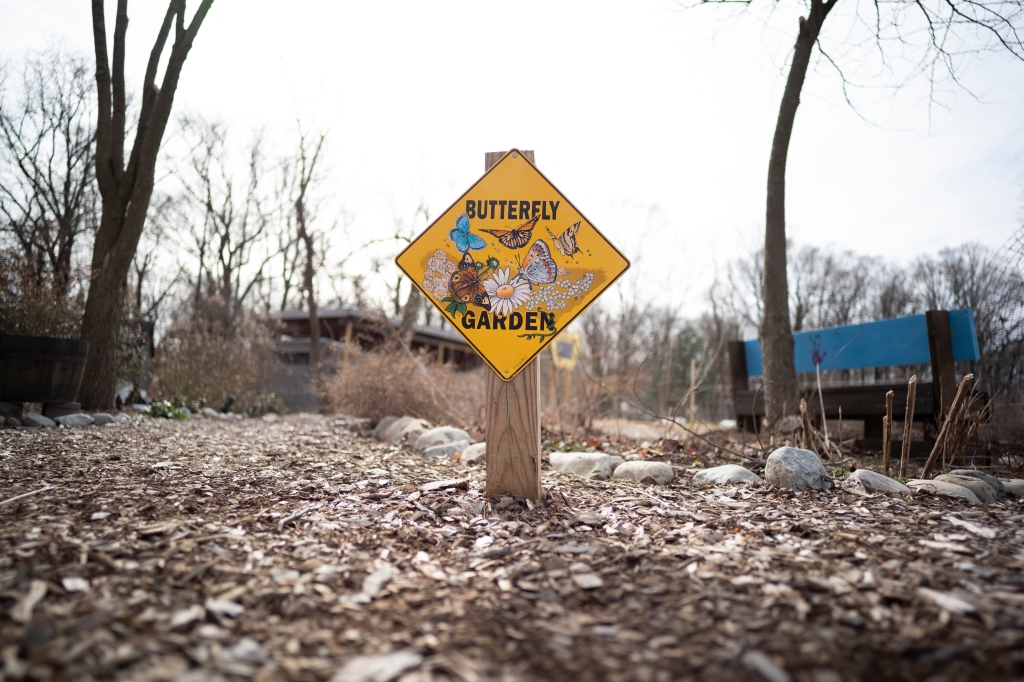
f/2.0

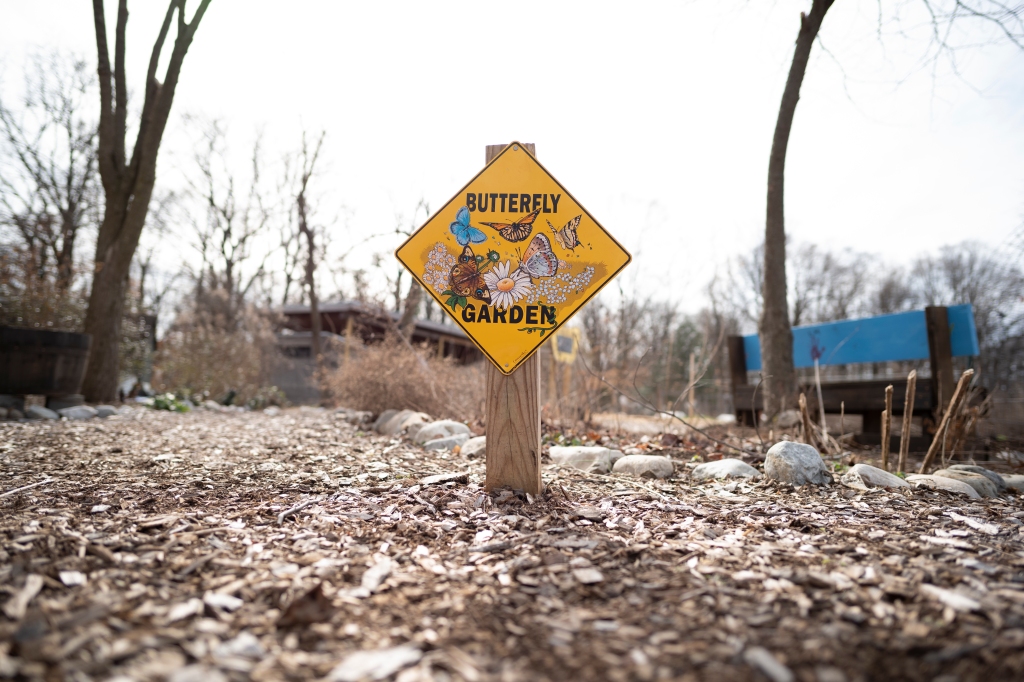

f/2.8



Comparison #3 (focused with live-view)
Wide Open
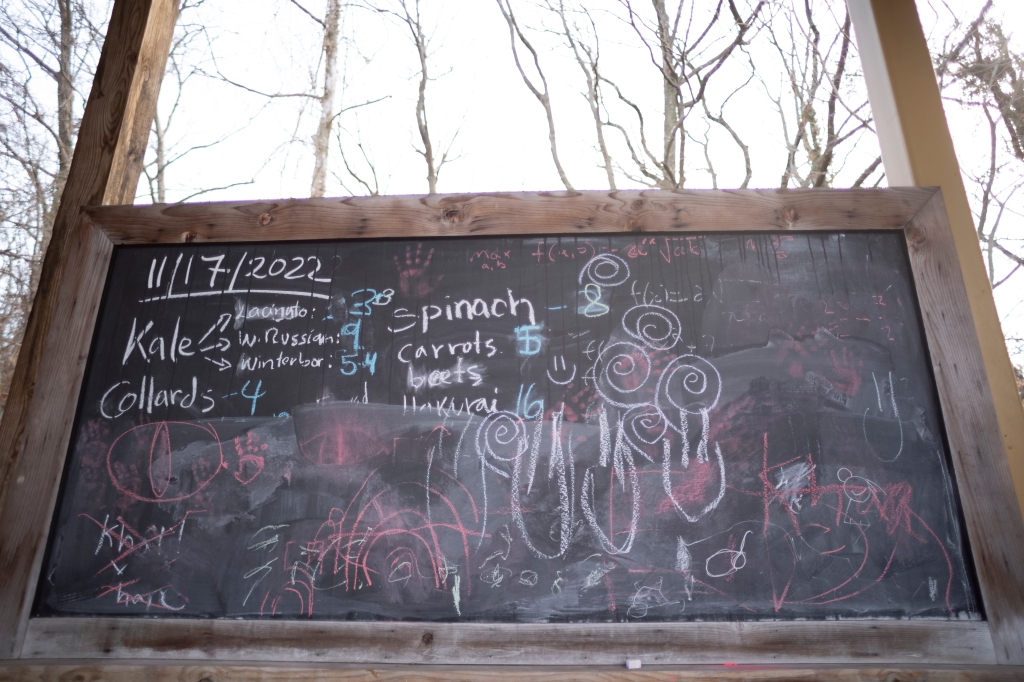


f/2.0

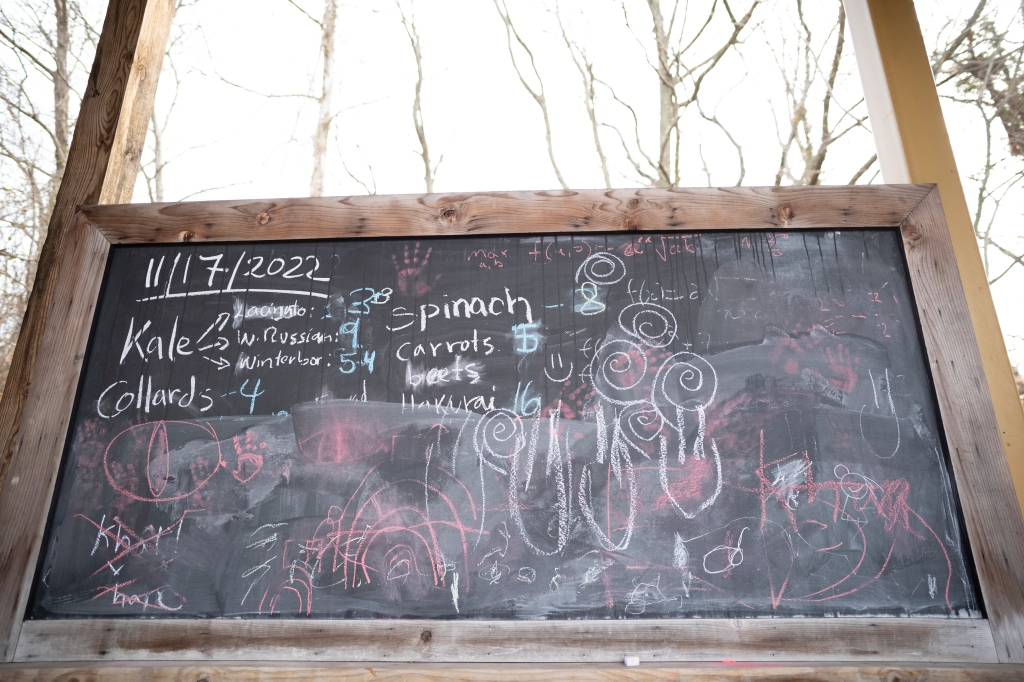

f/2.8



Image Quality Summary
- Wide open, the Voigtlander 21mm f/1.4 is barely sharper than its f/1.8 counterpart. When stopped down beyond f/2, sharpness is indistinguishable to my eyes.
- The Voigtlander 21mm f/1.8 vignettes slightly less than its f/1.4 counterpart wide open. As expected, stopping down cleans up the corners nicely.
- Both Voigtlander lenses have a similar level of contrast.
- Images shot with the Voigtlander 21mm f/1.4 wide-open “pop” a little bit more. The f/1.4 aperture, combined with high contrast and sharpness, produce some great images.
- Naturally, the Voigtlander 21mm f/1.4 has less depth-of-field than its f/1.8 counterpart when shot wide-open. This shouldn’t be a surprise due to f/1.4 producing shallower depth-of-field compared to f/1.8.
- The TTArtisan 21mm f/1.5 simply can’t keep up either Voigtlander lens. While I wasn’t expecting it to perform at the same level, I was surprised by the poor results:
- The TTArtsian is noticeably softer wide open and improvements are minimal even at f/2.8.
- Vignetting doesn’t improve that much when stopping down. With that said, it vignettes about the same as the Voigtlander lenses wide open.
- Wide open, images shot with the TTArtisan are flat and lack the same level of contrast as the Voigtlander lenses.
- Additionally, the TTArtisan flares very easy.
A Word About the Leica 21mm f/1.4 Summilux ASPH
You might be wondering why I didn’t include the Leica 21mm f/1.4 Summilux ASPH in this comparison. Truthfully, I wish I could have included the Summilux in this comparison. There’s nothing I like more than teasing out the differences between a Leica lens and budget alternatives (honestly). Alas, the cost and time involved in incorporating the Summilux was too much at the moment, unfortunately. With that said, I have some experience using the 21mm Summilux ASPH and can offer some informal observations.
To begin, here is a quick side-by-side to show how compact the Summilux is compared to the Voigtlander 21mm f/1.4:

The Leica 21mm Summilux ASPH is in a league of its own. It strikes the balance between all three budget-friendly options in this write-up. For one, it is much smaller than the Voigtlander 21mm f/1.4. On paper, it doesn’t seem like there is much of a difference between these two lenses in terms of size but once you have them in your hands, the difference is very noticeable. Second, the Summilux has a high quality metal removable lens hood (the petal hood on the Voigtlander 21mm f/1.8 ASPH is nice and durable, but it can’t be removed, and the Voigtlander 21mm f/1.4 lens hood is plastic). Third, the Summilux images have that “Leica look” that the Voigtlander and TTArtisans lenses lack; the 21mm Summilux is a touch bit sharper edge-to-edge compared to the Voigtlander 21mm f/1.4 & f/1.8, and without a doubt is miles ahead of the TTArtisans 21mm f/1.5.
Are these differences worth the higher price? That’s a question only you can answer. Personally, if my focal length of choice was 21mm rather than 28mm, I would grab the 21mm Summilux without hesitation. However, my go to lens is the 28mm Summilux ASPH and I can’t quite justify adding a 21mm Summilux to the collection.
Closing Thoughts
Let me say up front that all three lenses are very unique and there are some tradeoffs which are balanced out by the positive attributes of each lens. One will likely gravitate towards whichever lens’s strength appeals to them. Is absolute sharpness a priority above all else? Then the Voigtlander 21mm f/1.4 will likely be the lens for you. Are you looking for the smallest “fast” 21mm? That would be the Voigtlander 21mm f/1.8 or TTArtisan 21mm f/1.5. Is the lowest cost possible a priority? TTArtisan it is, then.
Personally, my least favorite lens of this roundup is the Voigtlander 21mm f/1.4, which I know might not be a popular opinion. The only saving grace and reason to get the Voigtlander 21mm f/1.4, in my opinion, is for the minimal bokeh & light gathering gains which f/1.4 provides. The lens is just too large for my liking. I found it didn’t balance well on my M10-P. Plus, the Voigtlander 21mm f/1.4 is barely sharper than the f/1.8 version wide-open; in the real world, images from both lenses look basically identical. Plus the plastic hood is unfortunate. Sorry Voigtlander.
Conversely, the TTArtisan 21mm f/1.5 is just a bit too soft and muted wide-open for my liking. Having tested a number of TTArtisan lenses, I’ve come to recognize the “TTArtisan look,” which unfortunately isn’t a good thing. TTArtisan lenses typically produce soft and low contrast images wide open, and flare very easily. With that said, I like the focus tab and compact size of this lens, but personally that’s about all the TTArtisan has going for it. Having said that, TTArtisan lenses are about the least expensive option out there across the board, though you do get what you pay for.
For me, the Voigtlander 21mm f/1.8 ASPH rounds out these differences nicely for my personal preferences. It’s very sharp wide-open, compact, and moderately fast at f/1.8. It’s too bad Voigtlander discontinued this lens, because I honestly view it as a better alternative to the newer f/1.4 version. If I had to recommend a fast budget 21mm, the Voigtlander 21mm f/1.8 would hands down by my choice.
Image Samples (shot with all three lenses)






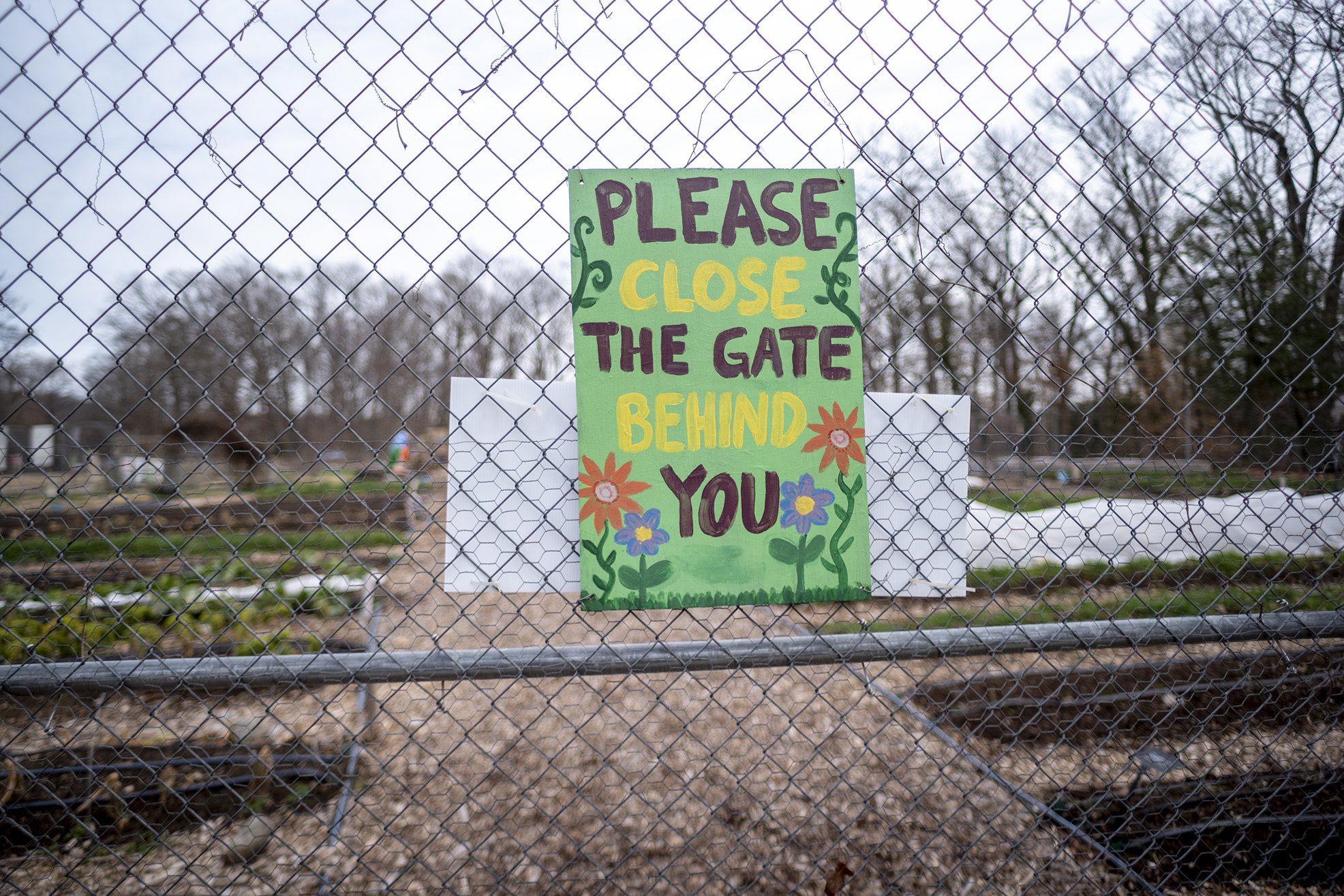












Quick Disclaimer: Making these reviews/write-ups is a hobby, and my attempt at contributing something useful to the photographic community. All costs of securing the equipment I discuss comes out of my pocket. If you found this review/write-up useful, please consider making a donation via Buy Me a Coffee. As always, thank you for visiting and don’t forget to turn off your computer or smartphone and take some photos!

